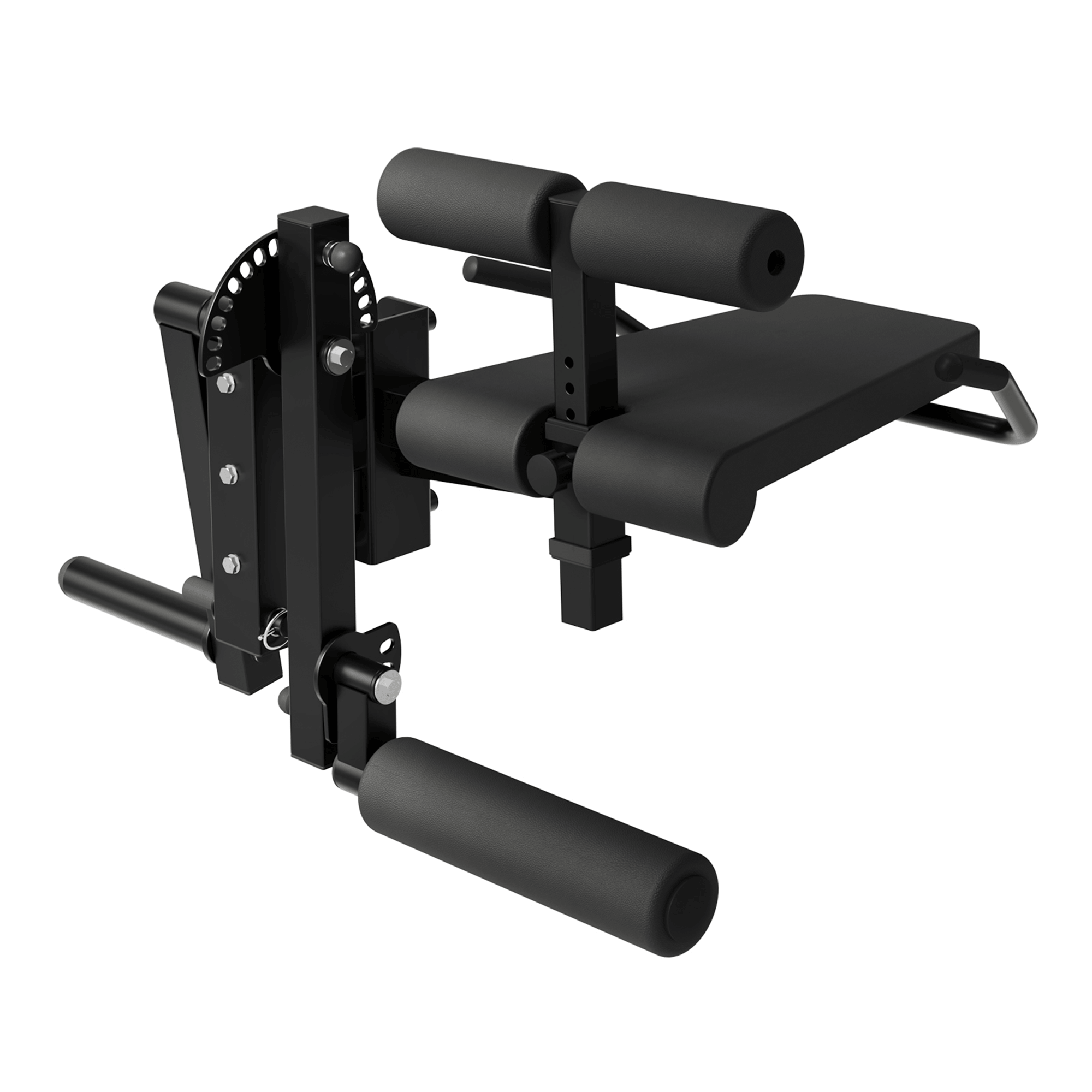When it comes to building strength, improving mobility, and enhancing overall fitness, leg exercises are essential. A functional trainer, with its adjustable cables and versatile design, is an excellent piece of equipment for targeting the lower body. This article explores effective leg exercises you can perform on a functional trainer, emphasizing proper form, muscle engagement, and the benefits of incorporating these movements into your workout routine.
Why Use a Functional Trainer for Leg Exercises?
A functional trainer offers unique advantages for leg workouts:
-
Adjustable Resistance: The cable system allows you to modify resistance levels, making it suitable for beginners and advanced athletes alike.
-
Range of Motion: The dual pulleys enable a full range of motion, which is crucial for building functional strength and flexibility.
-
Versatility: You can perform compound and isolation exercises, targeting multiple muscle groups in the legs.
-
Stability and Control: The controlled movements reduce the risk of injury while improving balance and coordination.
Top Leg Exercises on a Functional Trainer
1. Cable Squats
-
How to Perform: Attach the cables to the lower pulleys and hold the handles at shoulder height. Stand with your feet shoulder-width apart, engage your core, and lower into a squat position. Push through your heels to return to the starting position.
-
Muscles Worked: Quadriceps, glutes, hamstrings, and core.
-
Benefits: Builds lower body strength and improves squat mechanics.
2. Cable Lunges
-
How to Perform: Attach the cables to the lower pulleys and hold the handles at your sides. Step forward into a lunge, keeping your front knee aligned with your ankle. Push back to the starting position and alternate legs.
-
Muscles Worked: Quadriceps, glutes, hamstrings, and calves.
-
Benefits: Enhances balance, stability, and unilateral leg strength.
3. Cable Leg Press
-
How to Perform: Sit on a bench or the floor with the cables attached to the lower pulleys. Place your feet against the foot straps or handles and press forward, extending your legs. Slowly return to the starting position.
-
Muscles Worked: Quadriceps, glutes, and hamstrings.
-
Benefits: Mimics the leg press machine while engaging stabilizing muscles.
4. Cable Hip Abductions
-
How to Perform: Attach the cable to the lower pulley and secure the ankle strap around one leg. Stand sideways to the machine and lift your leg out to the side, keeping it straight. Slowly return to the starting position.
-
Muscles Worked: Gluteus medius, gluteus minimus, and outer thighs.
-
Benefits: Strengthens the hip abductors, improving lateral stability and preventing injuries.
5. Cable Deadlifts
-
How to Perform: Attach the cables to the lower pulleys and hold the handles with an overhand grip. Stand with your feet hip-width apart, hinge at the hips, and lower the handles toward the ground. Engage your glutes and hamstrings to return to the starting position.
-
Muscles Worked: Hamstrings, glutes, lower back, and core.
-
Benefits: Develops posterior chain strength and improves hip hinge mechanics.
6. Cable Calf Raises
-
How to Perform: Attach the cables to the lower pulleys and hold the handles at your sides. Stand on a raised surface (like a step) and push through the balls of your feet to lift your heels. Lower your heels below the step for a full stretch.
-
Muscles Worked: Calves.
-
Benefits: Strengthens the calf muscles, improving ankle stability and power.
Tips for Maximizing Your Leg Workout on a Functional Trainer
-
Warm-Up: Begin with dynamic stretches or light cardio to prepare your muscles and joints.
-
Focus on Form: Maintain proper alignment and control throughout each movement to avoid injury.
-
Progressive Overload: Gradually increase resistance or repetitions to challenge your muscles and promote growth.
-
Incorporate Variety: Mix compound and isolation exercises to target all major muscle groups in the legs.
-
Cool Down: Stretch your quads, hamstrings, glutes, and calves after your workout to improve flexibility and reduce soreness.
Benefits of Leg Exercises on a Functional Trainer
-
Functional Strength: The exercises mimic real-life movements, enhancing your ability to perform daily activities.
-
Improved Balance and Coordination: The unstable nature of cable exercises engages stabilizing muscles.
-
Injury Prevention: Strengthening the legs and hips reduces the risk of injuries, especially for athletes.
-
Versatility: You can target multiple muscle groups with a single piece of equipment.
Conclusion
Incorporating leg exercises on a functional trainer into your fitness routine is an effective way to build strength, improve mobility, and enhance overall performance. Whether you're a beginner or an experienced athlete, the versatility of the functional trainer allows you to customize your workouts to meet your goals. By focusing on proper form and progressive overload, you can maximize the benefits of these exercises and achieve a stronger, more functional lower body.













































Leave a comment
This site is protected by hCaptcha and the hCaptcha Privacy Policy and Terms of Service apply.